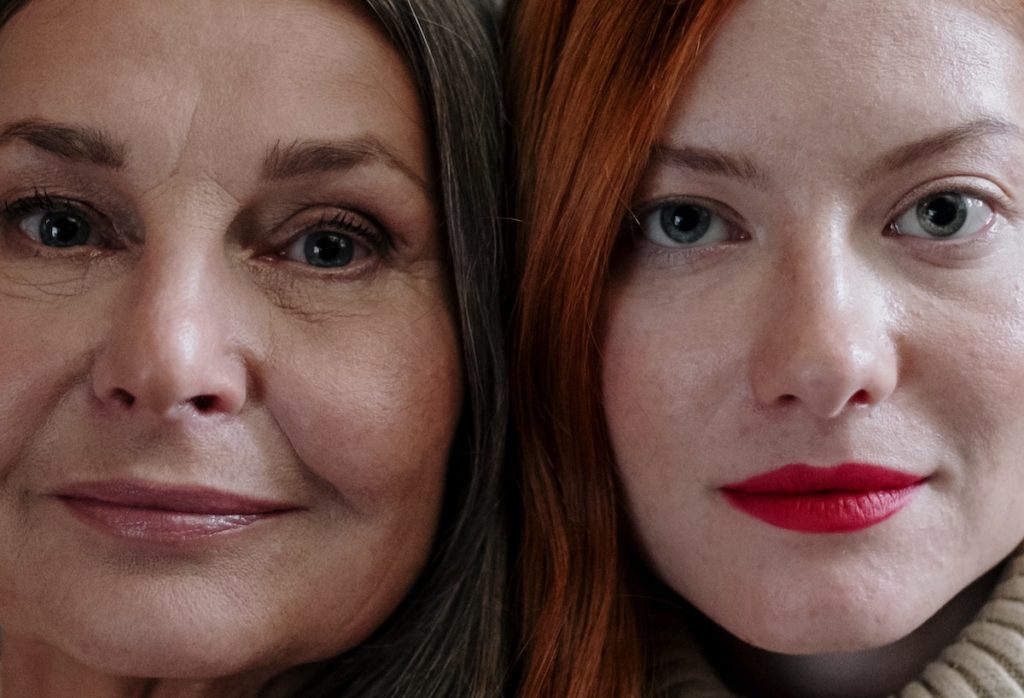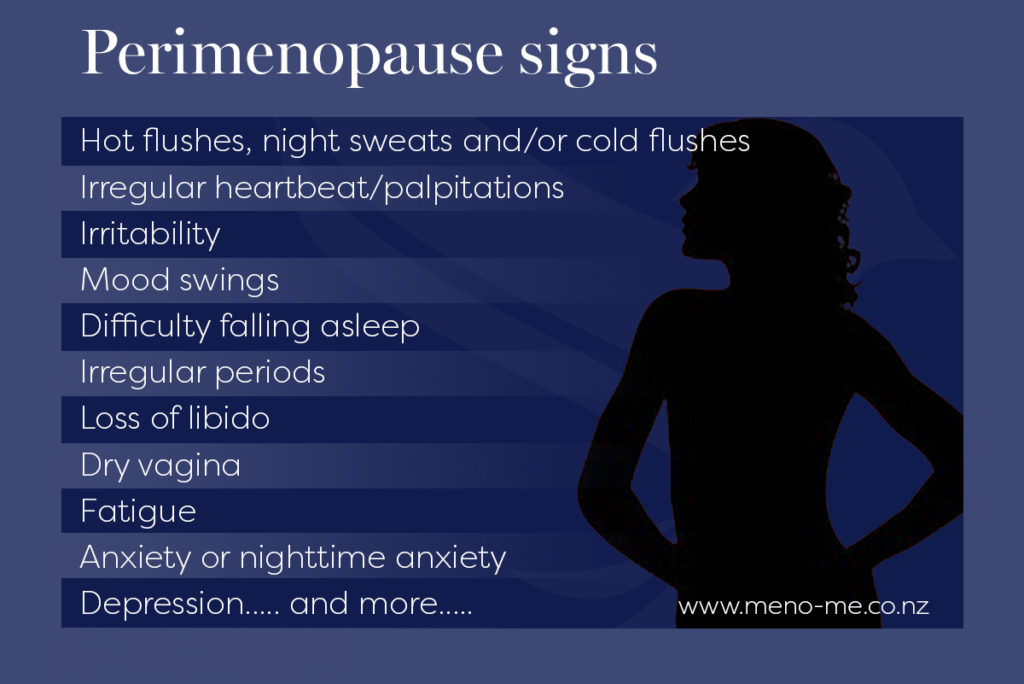Absolutely, Positively, Shining A Light On Menopause Awareness Month

October is Menopause Awareness Month with Menopause Awareness Day falling on the 18th. It celebrates women and embraces their health and wellness as they grow older.
The initiative was created by The International Menopause Society (IMS) and The World Health Organisation (WHO) in 2009.
It offers a fabulous platform to increase education and knowledge around menopause. That’s why we’re celebrating it! 😊
Breaking The Taboo
As you can imagine we spend a fair amount of time immersed in menopause information and research. It’s important we’re up to date with all the latest to share with you.
And we like to think we’ve got an awareness movement going 24/7 because we’re staunch advocates of breaking through the taboo. Indeed, menopause has been brushed under the carpet for too long so there’s still a lot of confusion surrounding it.
Not to mention misinformation in the ‘age of information’ the Internet has birthed. No wonder it’s confusing!
Tip: ensure everything you read and the solutions you choose are evidence backed.
The good news is more people are talking about it, women aren’t feeling so alone and research is increasing. Rapidly!
Menopause is often referred to as ‘second puberty’. Do you remember the hormonal turmoil of that? Well, menopause or more specifically pre- and perimenopause are puberty in reverse.
It represents a massive time of hormonal change but it’s temporary and the signs do settle down. In fact, many women report they’ve gained a renewed sense of vitality and freedom.
The Science of Menopause
The menopausal years come about as part of our normal ageing process. They are the result of hormonal shifts, imbalances and the decline of the hormones estrogen and progesterone. There are other hormones involved but those are the main players.
The biology isn’t rocket science but it gets a little more complicated when we consider that no two women are alike. This makes it deeply problematic for some while others sail through.
One study showed that 80% of women experienced no impact on the quality of their life during the menopausal years. Hallelujah!
However, another statistic tells us that 20% find it quite debilitating.
One thing we do know to be true is that most women will experience at least some of the 34 signs of menopause. These include hot flushes, mood swings, brain fog, dizziness or weight gain.
Because we are all unique beings, it can be difficult to predict how an individual will fare. But whatever way it rolls for you menopause is a non-negotiable rite of passage.
Interesting Facts
- The word menopause means the end of menstrual cycles.
- The term was first coined as ménopause in the 1800s by a French doctor. It came from the medical Latin word ‘menopausis’.
- Men means month (which is closely related to ‘mene’ for moon). ‘Pausis’ means to cease or stop.
- The average age of menopause is 51 though anywhere between 45 to 55 is considered ‘normal’.
- Barely perceptible changes can start to occur in premenopause or our mid to late-30s.
- Noticeable signs may begin to surface earlier in a time known as perimenopause.
- The perimenopause years can last from 6 to 13 years but the average is four years.
- Premature menopause can be caused by ovarian insufficiency, chemotherapy treatment, radiation and hormone therapies.
- Smoking can trigger early menopause.
- It is projected that by the year 2025 there will be 1.1 billion post-menopausal women in the world. Source
- Menopause is believed to be genetically linked so you will likely follow similar time frames to your mother.
- 57% of women experience more than one menopausal sign.
- 43% experience only irregular periods.
- 75% of menopausal women go through hot flushes.
- 20% of females have no symptoms.
- 60% feel moderate signs and symptoms.
- 20% experience intense signs. source
Most importantly, menopause is a natural part of growing older. And while it can be challenging it is also manageable. We’re here to help you do that in the best way possible as we have first-hand experience in the process.
Once you discover how to do that for your unique self, it becomes about embracing a new phase of life. Because you’ve got a lot more living to do. 😊

To celebrate we have 10% of all products on our website for the month of October. Take a look here.
Main photo by cottonbro from Pexels










